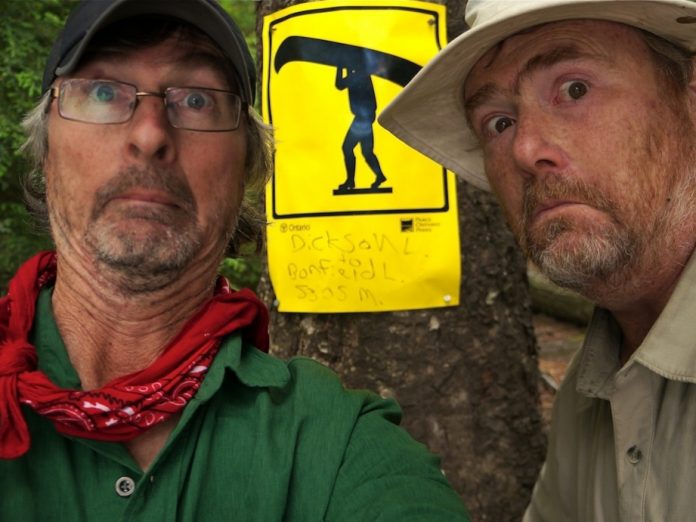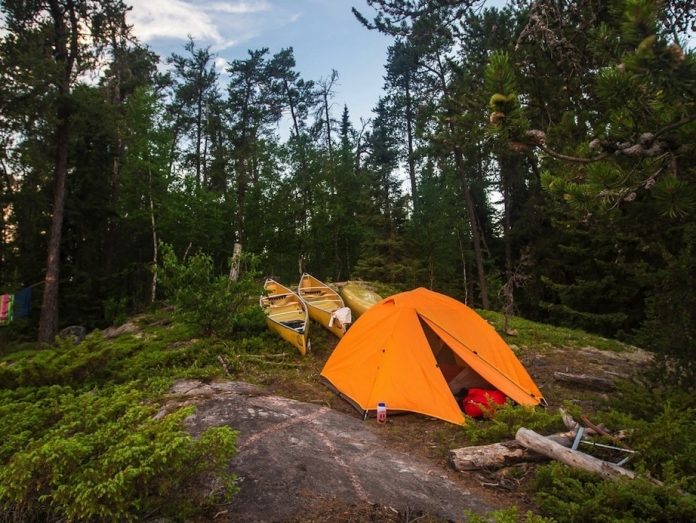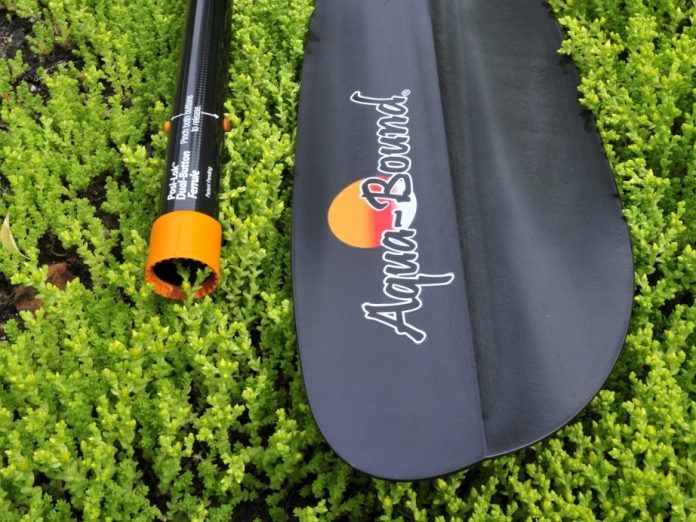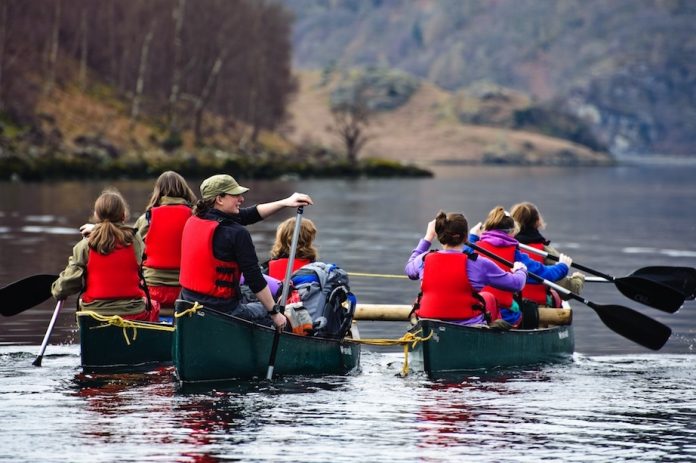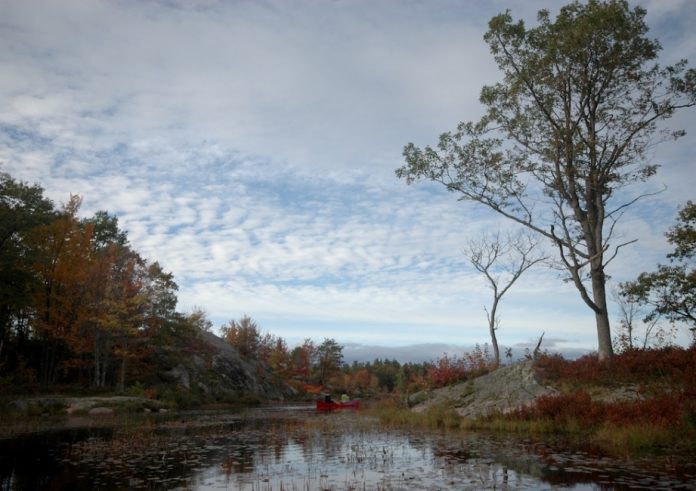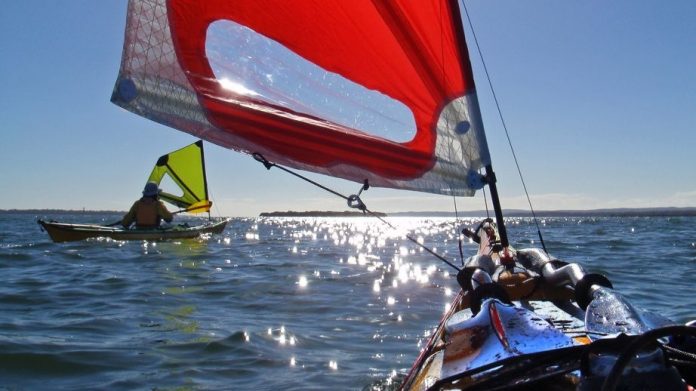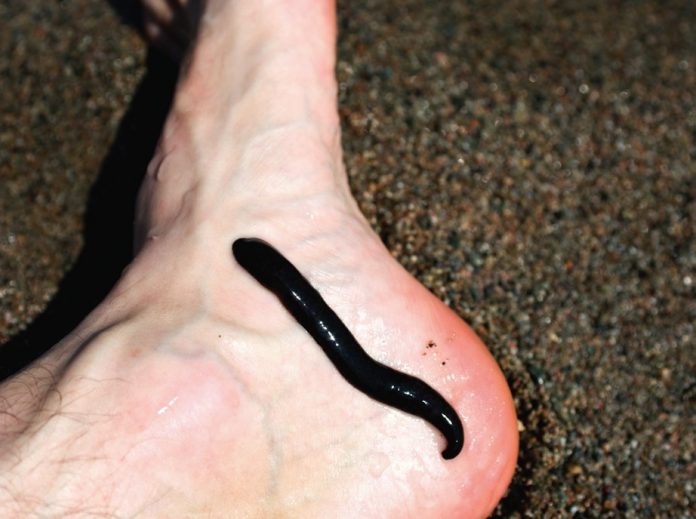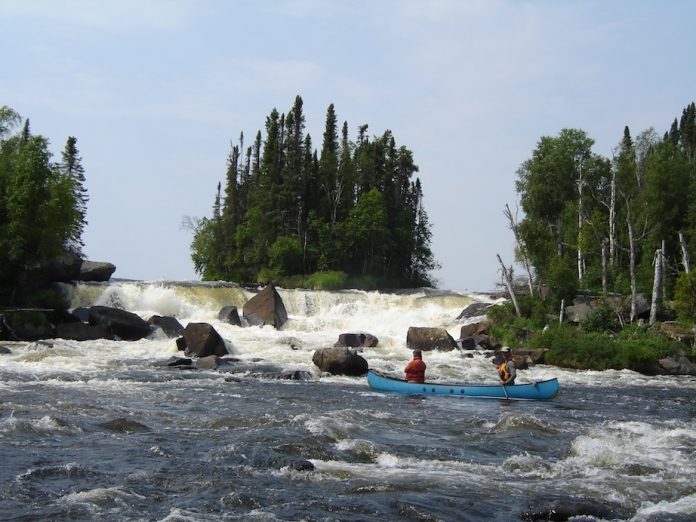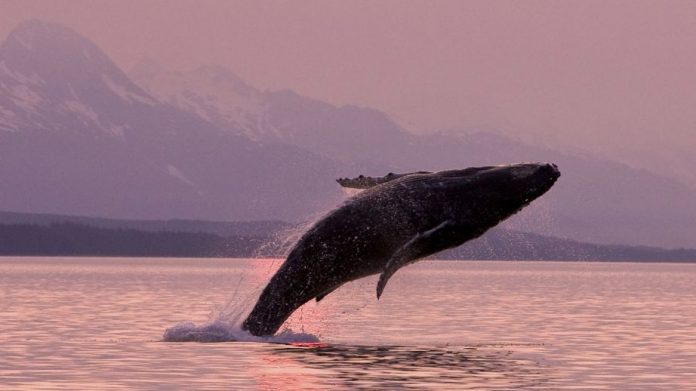It wasn’t for the faint of heart. I sent my paddling mate, Andy, details about the trip I had planned—a 350-kilometer loop around Algonquin Park labeled the Meanest Link.
My emails outlined the difficulty of paddling up three of the six rivers we would encounter and that we had to portage 93 times, adding up to 68 kilometers of drudging along bug-infested trails. The problem was, he didn’t read my emails. Four days into our journey, Andy told me I was never to organize another trip, not for at least 10 years.
We weren’t the typical candidates for the route. It’s usually type-A personalities, striving for perfection and personal challenge that take it on. Our reasons for adventure were solitude and relaxation. The record for completing the loop was seven and-a-half days; I allocated three weeks.
We were the turtles, not the hare. Anyone who paddles the route is celebrated for trying and, if necessary, having the sense to call it quits. Except, maybe, us.
Local paddlers developed the route in 2004 in honor of Bill Swift Sr., one of the founders of Algonquin Outfitters, a man with a tough exterior but a heart of gold. Aside from sticking to the route, there are rituals to follow—camping on a specific site, travelling only by canoe and visiting 100-year-old Camp Pathfinder. That’s where our trouble began.
Andy had a scant 16 days of holidays and I thought it would take 20 days for us to complete the trip. At first, Andy planned to leave the trip on day 16 and let me continue alone. By day 12, however, he changed his tune. He wanted to cross the finish line. Finishing together was a far better way to complete the Link, I thought. A change of plans was in order.
We had to make a few shortcuts. First, we hired a boat shuttle across Algonquin’s biggest lake, Opeongo, as it’s more than half a day’s paddle. Then we hitchhiked the three kilometers of Portage Road. Our biggest time-saver, however, was to skip paddling up the Madawaska River to visit Camp Pathfinder.
At the finish line, on the afternoon of the sixteenth day, we learned of the controversy.
I had posted online throughout the trip, sending photos and text, but not receiving. After writing about our change in plans we received righteous online lashing. A few Meanest Link alumni disagreed with our shortcuts and labeled us cheaters. Some even wrote we didn’t deserve to travel the route and had disgraced the institution of Meanest Link paddlers. Ouch.
On one hand, all others who completed the route kept to the customary ways. But the cheater label is hard to stick when you’re honest about what’s going on. Should I have kept to the plan and left my canoemate behind only to follow the rules? Or were we right to alter our trip to cross the finish line together?
In typical 21st century fashion, I let the device that initiated the debate decide our fate. I posted the question to Facebook and Twitter. Five cursed us and over 11,000 agreed with our decision. Andy and I had completed the Meanest Link together—guilt free.
Kevin Callan lost 10 pounds on the Meanest Link. His favorite section involved dragging upstream along the Big East River for four days. He recommends you try it sometime.
This article first appeared in Rapid Media’s 2014 Paddling Buyer’s Guide. Download our free iPad/iPhone/iPod Touch App or Android App or read it on your desktop here.



